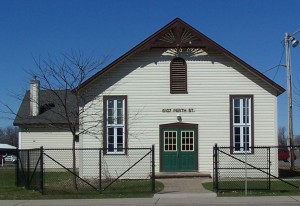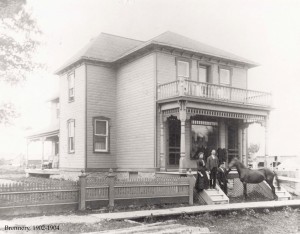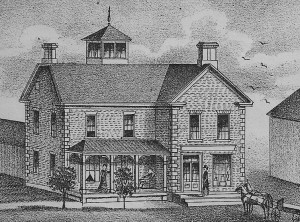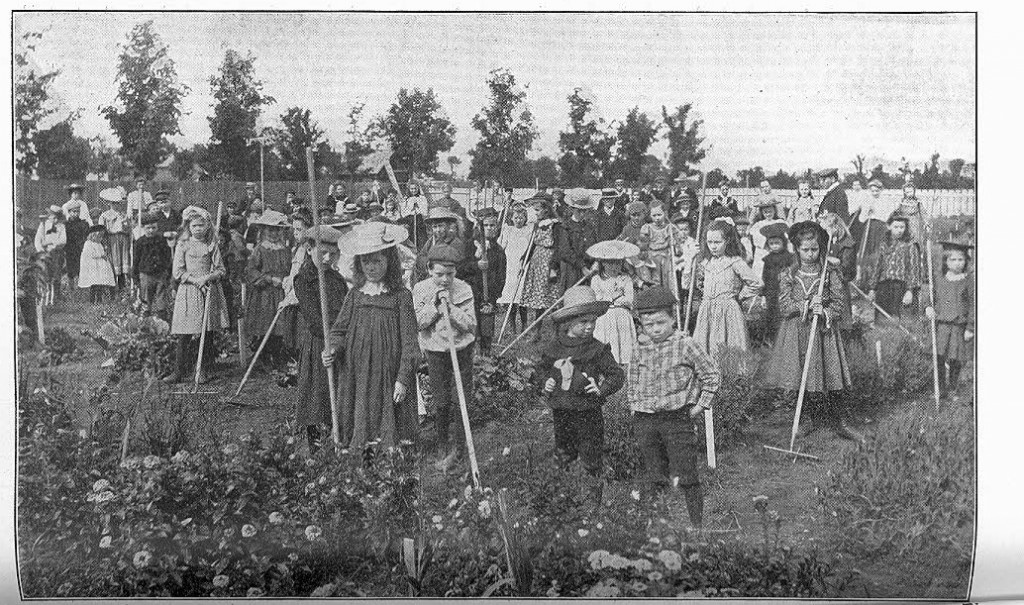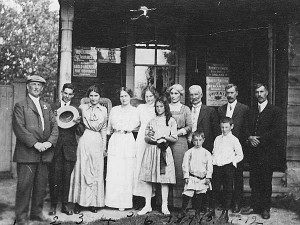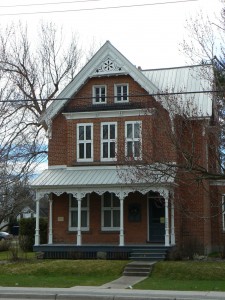6092 Perth St.

courtesy GTHS
The Rielly House was built literally at the crossroads of traffic through Richmond. It was situated at the meeting place of the Perth Road ( the major route from Bytown to Perth), and the Huntley Road (the major north-south route that joined Prescott on the St. Lawrence with the communities on the Ottawa River). It was also built at the crossroads of Richmond’s history. Before 1855, Richmond was booming. Edward Rielly estimated that 300 teams of horses passed through the village during the lumber season as men moved to and from the lumber camps of the Upper Ottawa Valley. This traffic generated a demand for accommodations for men and their horses as well as services such as taverns, stores, blacksmiths, and wheelwrights. This grand stone building is symbolic of the prosperity generated by the traffic. What do we know about the Rielly family? Why did their prosperity and that of Richmond not endure? Continue reading


